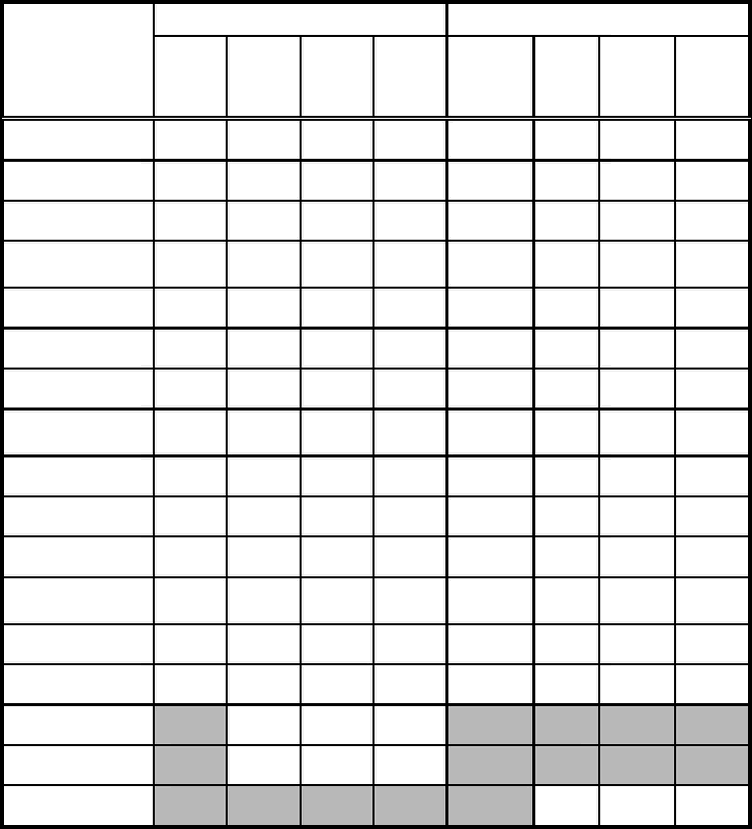
Table 2.2
Uncertainty calculation - results *1)
Commodity group
Loss of resources
Energy consumption
No. Name
Mean
tonnes
Standard
deviation
%
5%
quantile
(% of
mean)
95%
quantile
(% of
mean)
Mean
GJ
Standar
d
deviatio
n
%
5%
quantile
(% of
mean)
95%
quantile
(% of
mean)
02005 Frozen meat of
poultry
1405
188
-96
390
2.578.813
40
-51
76
19011 Rye bread
1126
336
-99
410
1.144.463
34
-43
62
22008 Wine in
containers < 2 l
6115
47
-57
88
230.291
41
-49
73
39022 Carrier bags,
sacks etc. of
plastic materials
56031
18
-27
32
2.560.019
35
-46
65
40002 Threads and
strings of rubber
11
45
-55
91
3.366
41
-51
76
42007 Bags, rucksacks
etc. of textiles
699
25
-35
45
79.922
31
-41
58
49004 Papers and
magazines
10927
138
-92
340
14.936.656
37
-47
68
62021 Smocks and
aprons for
women
83
45
-55
86
25.018
29
-39
53
73019 Galvanized nails
of iron/steel wire
15872
19
-28
33
348.371
47
-52
80
84036 Automatic
dishwashers
5640
32
-44
59
4.603.375
48
-56
91
85008 Permanent
magnets
62
52
-56
95
84.799
45
-54
84
85050 Television sets
and video
machines
10668
20
-30
36
12.848.246
47
-56
88
87004 Cars and vans
<3500 kg
23399
37
-47
69
31.166.372
49
-57
94
89004 Refrigerator ships
62262
23
-33
42
261.745.664
48
-56
89
Mean of groups 02005,
19001 and 49004 *2)
221
-96
380
Mean of other
commodity groups *3)
33
-42
61
Mean value of all
commodity groups
41
-50
76
Notes:
*1) For all the commodity groups the results were based on 10,000 simulations. The percentage figures in
the columns "5% quantile" and "95% quantile" indicate the limits within which 90% of the achieved
results is, calculated relatively in relation to the mean value. For the commodity group 02005 90% of
the calculated results of the loss of resources be within an interval determined by the mean value
minus 96% and the mean value plus 390%. The stated mean values of loss of resources and energy
consumption are the values determined at the uncertainty calculation. Consequently there might be
minor deviations compared to the values stated in appendix 1a.
*2)
These commodity groups include predominantly renewable materials, which are recreated
concurrently with their use. The loss of resources is therefore in any case connected to modest
contents of non-renewable materials (packing printing ink etc ) which are determined with high
|
